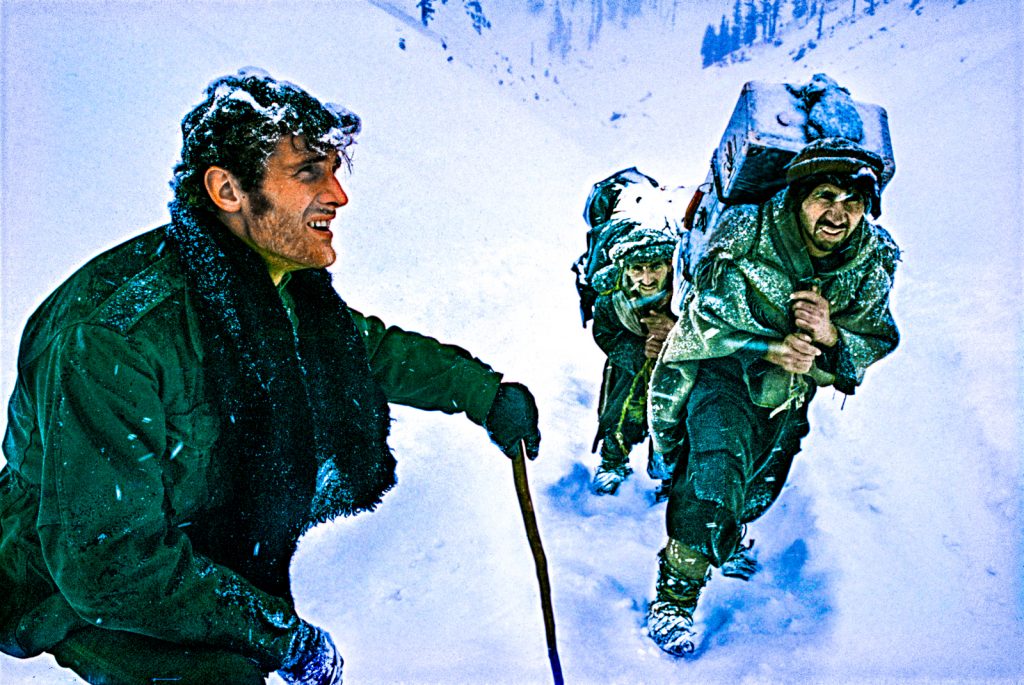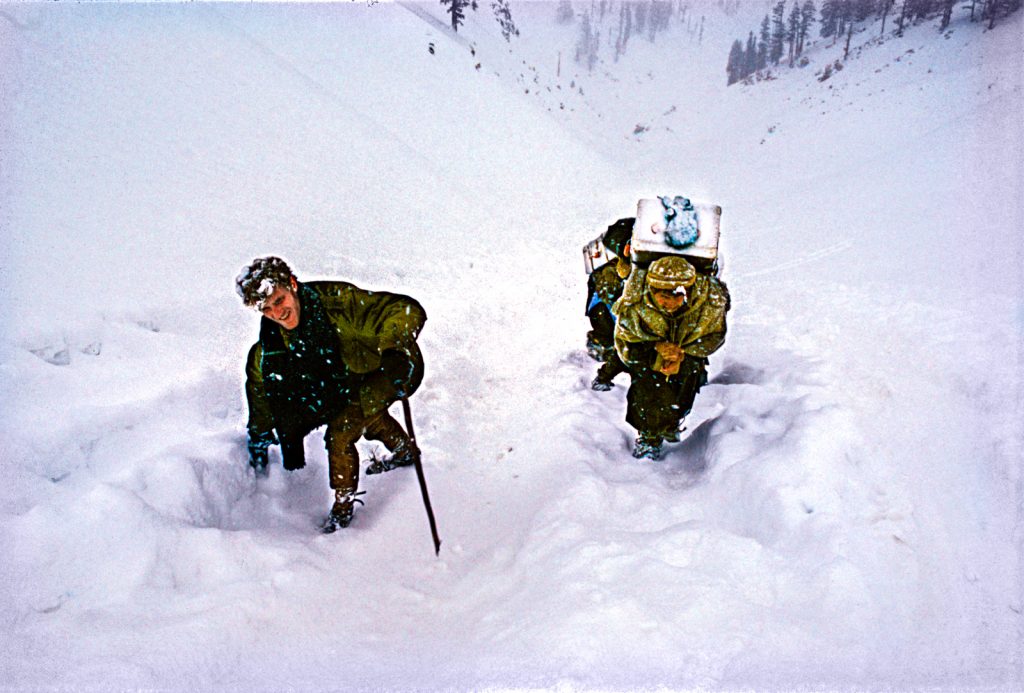Expo 2013
Photos Exhibition in the Kingdom of Saudi Arabia
Najran : May 5th – 15th, 2013 / Ghis Bin Saaeda Festival
Introduction :
During 8 years (1977 to 1985) Tchékof Minosa has achieved an important photographic work of 120.000 pictures about many modern and traditional aspects of the Kingdom of Saudi Arabia. As many of these aspects have already disappeared to day due to the drastic change of the country this collection represent an invaluable page of the history of the Kingdom. This work has been presented in numerous publications and exhibitions with an unanimous success.
In order to preserve and perpetuate this precious and timeless testimony which represents the memory of the Kingdom of Saudi Arabia, R.T. Minosa spent the last few years scanning, archiving, editing and indexing a selection of 2.000 photos which is now available in high quality digital version allowing a perfect compatibility with the most advanced technologies for large print or publication.
Moreover each picture is captioned and indexed (English/French) in a «Digital-Catalogue» permitting an instantaneous and easy research by bilingual keywords/Captions or to play a Slide Show of any desired pictures.
This photo library of Saudi Arabia has a priceless value for its rarity and its high artistic and technical quality. Many and various projects can be made (films or slides shows for exhibition or museum, TV or In-flight entertainment programs, post cards, books, brochures, pamphlets, etc …).
Interview with René Tchekof Minosa :
on April 16th, 2013 by Patricia Massari
The Kingdom of Saudi Arabia ……. For a long time it was for me, young Frenchman, a mythical country fed with the imagination of the tales of the thousand and one nights, the epics of proud and brave warriors, and endless sands of a desert with no map. Already the name of « Felix Arabia, Garden of the Desert » haunted my spirit and fascinated me.
This country seemed to me inaccessible and I couldn’t imagine that one day my dream to meet these people with a culture so different from mine would come true.
As traveling, meeting and sharing have always fascinated me, I spontaneously chose to become a photographer. I left for Afghanistan, for India, for Ethiopia and many other countries where from I brought back images and films which today could not be any more realized.
It is in 1978 – I was then 34 years old – that the chance was given to me to enter the Kingdom of Saudi Arabia, invited by the Government to realize one of the biggest photo shooting never made: to photograph the whole country, its landscapes and its infrastructures, its architecture and its industry, its inhabitants and its resources.
Among several other cities, Najran was included in the program of this photo reporting. Although I had been amazed by all that I had just discovered in Arabia, it is here that the « love at first sight » took place. And I promised to myself to return as soon as possible.
It is by speaking with H.E. Fahd Ibn Khaled El Sedayri, Emir of Najran andSheikh Ali Bin Mussallam, that the idea to make a book on Najran arised. The period was pivotal, the progress was making its broken, the asphalt began to replace tracks, the concrete to dethrone the clay houses, the processes of farming to transform, a program of settlement of the Bedouins was setting up.
Najran, whose name means » the hinge on which turns the door » was about to change irreversibly. Then how to protect the history of Najran without damaging the advances of the modernization? How to write its inheritance better than by photos? But it was also necessary to explain. A photos catalog, so beautiful are they, was not enough. The concept of the Book » Najran, Desert Garden of Arabia » had been born.
During two years, with Patricia Massari, I crossed Najran and the part of Rub-al-Khali which is part of it. Our purpose was clear: to seize what soon would not exist any more, to show the life of this region. We wanted to leave an heritage with Saudis’ future generations but also to show to the Western world the human and natural beauty of this country so little and so badly known. But this work was not only made during shootings.
In Paris during another 2 year we edited and published the book » Najran – Desert Garden of Arabia » in bilingual Arabic and English, with original calligraphy… This publication was followed by numerous photo exhibitions which acclaimed with success.
Then, convinced that these photos represented a unique heritage as everything was changing so fast in this country in full development,
I dashed into the conservation and the processing of a picture library thatcould be compatible with new operating system of images. I did not want that they get lost. What they show is too precious not to be kept and protected.
In Paris, where is my SCORPIO FILMS agency, I continued during the next years to work on this collection of images. Today, it is a picture library of several thousand photos of Arabia which is stored in the best conditions, and on which a colossal work of indexation – excuse the technical jargon – of cataloguing, location, digitalization was matched more than 15 years.
In the 80s, photo films were what we call « argentic ». It was about film which we loaded in the camera then develop. Since then, the « digital
technology » replaced the argentic one and photos are directly edited on computer. It was thus necessary to transform these thousand tips of films into visible images on screens, and accessible in a few clicks. Every photo was coded and can be immediately found on a computer.
Why did I make all this work? Well, to be frank, I shall say that there are two major reasons: First one is that I like my photos and that I did not want to let them sleep in a file. Second one is that I am firmly convinced that these photos are a part of the heritage of the Saudi people and that they will be useful and precious some day. By making this work, I am the servant of a bigger cause, that of the trans-generation transmission
Today, it is with gratitude that I answer the » Najran Literary and Cultural Club » invitation to participate to the “Ghis Bin Saeda Festival”.
I am very honored and happy of this opportunity to come to celebrate the 30th anniversary of our book “Najran – Desert Garden of Arabia”.
I am particularly happy and moved to return on this land, to come back to » true friends « , to those who believed in my project, who supported it, who helped me to come to an end with it. I can say that each one contributed to its success, by giving one’s time, by opening one’s house, by telling the stories of former days, by showing the traditional objects, by harnessing one’s camels, by taking us in improbable places which we would never have been able to discover without the help of the inhabitants.
I discovered here a true, a particular, a generous and unique hospitality. During my stay in Najran, some of you friendly honored me with the nickname of « Tchékof Al Yami ». I have always been very proud of it. I hope that today, as you did before, you will recognize me as one of yours —if not by the blood, at least by the heart.
During the preparation of this festival, working on the photos which I wish to show you, I was very touched by looking at certain persons, by imagining that I am going to see this child today grown-up, or this man whom I knew very well. Am I going to recognize them after 35 years?… And when I see an elderly person, I feel a regret and a quite particular thought for him, knowing that he probably left us…
Then, yes, I deeply thank the » Najran Literary and Cultural Club » and its President Mr. Saleh Sedran for their invitation, but also and with all my heart, I thank all the Najrani people. I would also like to express my gratitude to Atran Al Atran my faithful guide, friend and journeyman during the months when we spent in Najran. He left us accidentally, too early to appreciate his work… And I wish to thank too Saleh Sowan, a precious partner for this book making. Without them I would not have accomplished such beautiful things…
I come with a slide show made of nearly 500 photos that you can see scrolling on several big screens settled under a Bedouin tent,
symbol and symbiosis of the tradition and the modernity. These photos will remind memories to some of you and the young generation
will draw from them the knowledge of its heritage and the pride of its ancestry.
The French photographer whom I am will never forget this meeting with Najran and the Najrani. Years spent in Najran matter among the most beautiful and the most significant of my life.











